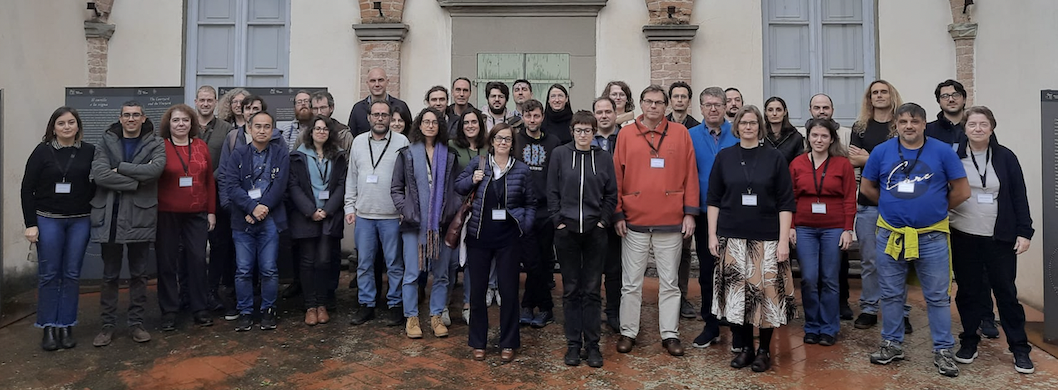Open star clusters play a key role in various aspects of Galactic Archaeology. They are formed by groups of stars born from the same molecular cloud, thus sharing the same age, kinematics, and chemical composition; therefore their properties can be measured much more precisely than those of individual stars.
Moreover, they are among the best test particles to prove the conditions of galaxies both at present and back in time, being located across all the Galactic disc and covering a wide range of ages. In addition, star formation is believed to occur mainly in areas of high density, while stars rarely form in isolation; the majority of clusters then disrupt contributing to the population of field stars. Therefore, open clusters stand at the intersection between the structure of the Galactic disk and the stellar populations it contains.
However, the transition between gravitationally bound stellar populations and field populations is not fully understood, and many open questions still stand: what is the rate of cluster destruction and how does it vary across the Galactic disc? how differently field stars and open clusters trace the Galaxy in space and time? How representative is the current population of open clusters in our Galaxy, especially the oldest ones, of the initial cluster population?
This workshop aims at combining the presentation of new observational results with numerical simulations of cluster disruption and migration. The final goal of the meeting will be to bring an innovative and critical input into the panorama of large spectroscopic surveys and Gaia satellite results, allowing a more detailed understanding of the Galactic stellar populations.
Note:
All talks will last 20 min+ 5 min for questions. At the end of each block there will be a discussion session.
Scientific programme:
Cluster formation: star formation models, spatial and temporal variation of the rate of clusters formation
Cluster demographics: the Gaia mission, new identification techniques based on artificial intelligence, description of new samples, complete characterisation of the existing ones; presence of halo and tidal tails in clusters.
Cluster disruption and stellar migration: cluster disruption models, role of stellar migration in the redistribution of populations, chemical and kinematic evidence of radial and vertical displacement, differences between field stars and clusters, numerical models of cluster migration and disruption rates.
Clusters in current and next generation instruments/surveys: what are the key open questions that we could tackle with the next generation of instruments and surveys, such as , as e.g., WEAVE@WHT, 4MOST@VISTA, MOONS@VLT
g

